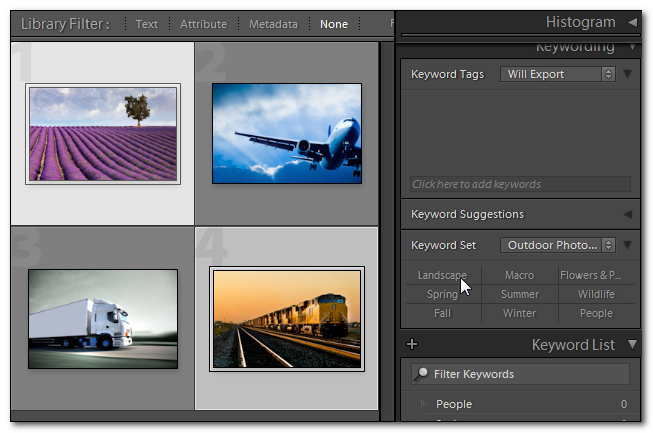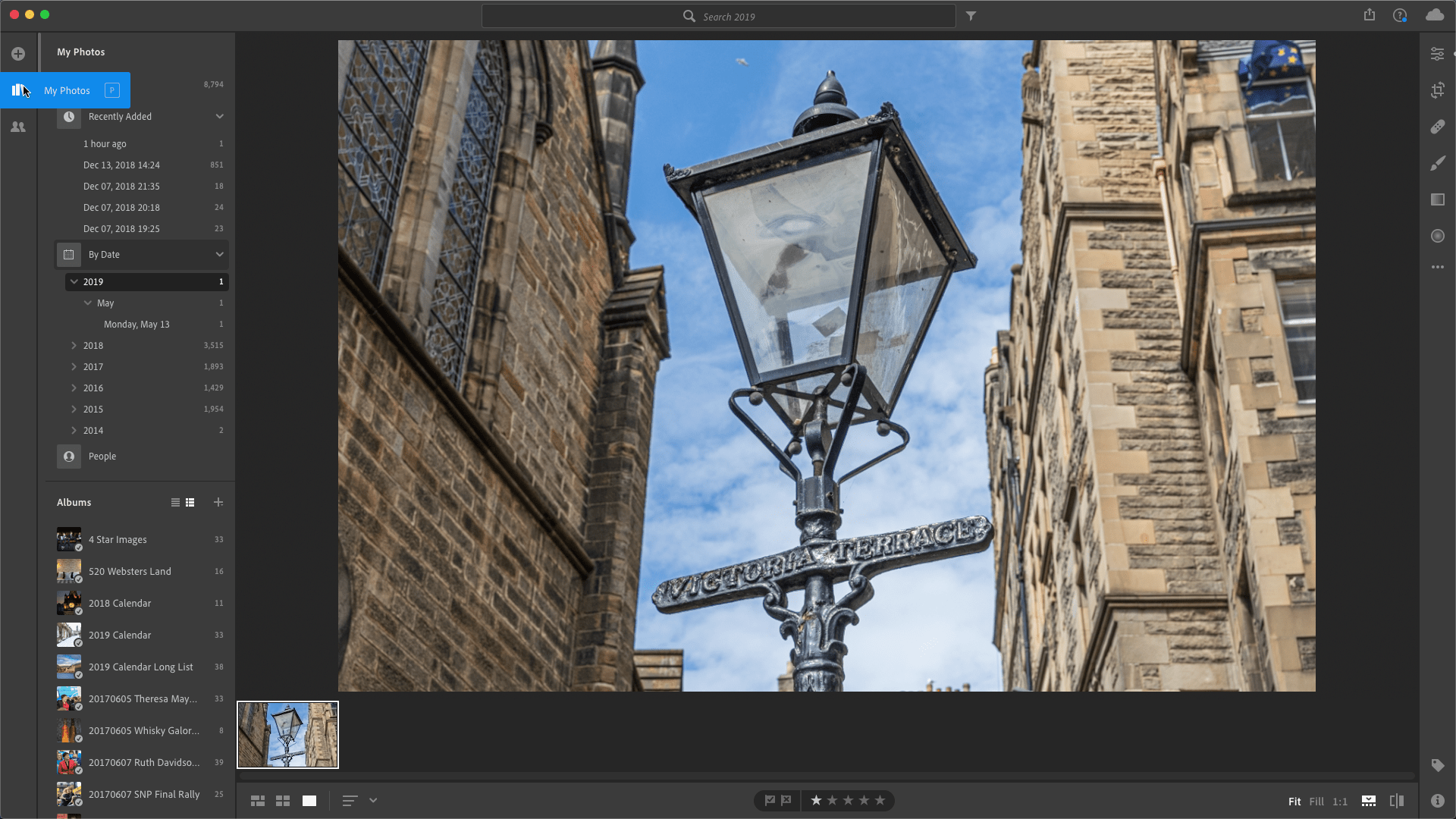
WHAT is the subject in the image? Describing the Objects and their Materials, their Number and their Arrangement in the image.

WHO is in the image? All about the people in the image: their Age, Relationship, what they look like, what they are doing, what their Occupation, Participation, or Hobby is.Here's how the 'Photo-Keywords.Com list is put together: The MAIN GROUPINGS: WHO, WHAT, WHERE, WHEN, WHY, HOW, and SPECIALIST. It is therefore important that the words in the list are where you would intuitively look for them. The only purpose of a Keyword List - lets not forget this - is to help you to find the keywords that you need in a quick and speedy manner. It is vital that the categories chosen are logical, easy to understand, and easy to work with. Its not just to do with Who or What is in the image - a good list will help you describe Where and When it was taken, also Why and How. It's important that no aspect of the image description is omitted - Photo buyers expect your image to be keyworded in the correct way, to include words that describe the technical as well as the visual aspects of the scene.It's easy to locate the Keyword that expands your original description - Once a topic has been opened, other keywords should suggest themselves, helping you to refine your description until you are satisfied that it can't be improved.A well-designed list makes them easy to find because relevant terms are grouped together. It's quick to locate the Keyword you need by a logical progression through sensible groupings - When viewing your image, certain keywords will come readily to mind.There are three reasons for choosing such a hierarchical structure to organize your photos: Keywords should be arranged in a well-ordered nested hierarchical structure, with like terms arranged in a broader term > narrower term relationship, and general terms grouped together under easily understandable headings.Įxample: Geographic Location > North America > USA > Ohio > Cleveland A well-made list should be comprehensive without being overwhelming. A list that can be expanded as and when required, with the chance to add specialized lists that suit the subjects that are important to YOU.Ī database that lists all the owls of Africa, French cooking implements, or 26 Icelandic snow-types are all very well if that's what you are photographing, but for most people, filling a database with un-needed keywords just clogs your computer and slows down the processing time. A list that can be used instinctively, so you can concentrate on the task at hand without needing to know what's happening in the background. The terms provided should be thoughtfully organized in a hierarchical structure, and easy to access by a logical progression through parent categories.

To make your job easier, what's needed is an encyclopedic list that covers all aspects of your photographic work, yet hides its complexity until you need it.

Lightroom keyword manager plus#
This website contains a variety of articles about the theory and mechanics of Keywording, plus the tools and resources you need to better keyword your own images and sell more pictures.

The key to locating images is to have them correctly keyworded, and the key to good keywording is to have a comprehensive and well-structured list of keywords that can be easily accessed during the keywording process.īut what should the list contain? Is bigger always better? How should it be structured? Which categories should be used? What about geographic entities? How about a list that is personalized to my own location? What about specialized lists? What about value for money?
Lightroom keyword manager professional#
Whether you are a stock photographer selling images online, or a professional organizing a catalog containing many thousands of photographs, its vital that YOUR images can be easily located. Lightroom Keyword List & Hierarchical Keywording Catalog for Photographers & Image Asset Management Need more sales? Its all about getting YOUR images noticed.


 0 kommentar(er)
0 kommentar(er)
